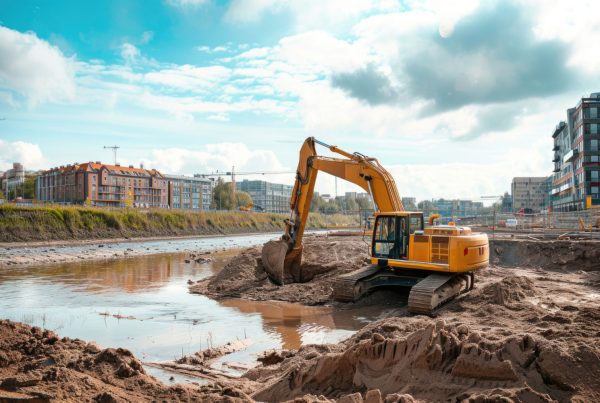Dewatering, the process of removing water from solid material or soil, is a critical aspect of various industries, including construction, mining, and environmental remediation. This article delves into the fundamental concepts of dewatering, exploring its techniques, methods, and applications across different sectors.
The Importance of Dewatering
Dewatering plays a crucial role in managing water accumulation in construction sites, mines, and environmental projects. By controlling groundwater levels and removing excess water, dewatering ensures site stability, safety, and operational efficiency. It prevents flooding, facilitates construction progress, and mitigates environmental contamination, making it an indispensable process in many industries.
Techniques and Methods of Dewatering
1. Wellpoint System: This method involves installing shallow wells (wellpoints) connected to a vacuum system to lower groundwater levels in excavation sites or construction areas.
2. Deep Well Dewatering: In this technique, deep wells equipped with pumps are installed to draw water from deeper aquifers, effectively lowering groundwater levels in large-scale projects.
3. Sump Pumping: Sump pumps are used to remove water that collects in sumps or basins, commonly employed in construction sites, mines, and basements to prevent flooding.
4. Surface Dewatering: Surface dewatering techniques, such as trenching and pumping, are used to remove surface water from construction sites, roadways, and mine pits.
Applications of Dewatering
1. Construction: Dewatering is essential for excavations, foundation laying, and tunneling projects, ensuring a dry and stable working environment for construction workers and preventing groundwater infiltration into structures.
2. Mining: In the mining industry, dewatering is critical for pit slope stability, preventing underground flooding, and maintaining optimal working conditions in mines.
3. Environmental Remediation: Dewatering plays a vital role in environmental cleanup efforts, helping to mitigate groundwater contamination, manage water pollution, and protect ecosystems.
Conclusion
Understanding dewatering techniques, methods, and applications is essential for effective water management in various industries. By employing specialized equipment and expertise, dewatering professionals ensure the success and safety of construction projects, mining operations, and environmental remediation efforts. With its ability to control water levels and mitigate water-related risks, dewatering remains a cornerstone process in modern industry, contributing to the sustainable development and protection of our natural resources.






